Error, Page not found

Here’s What Our Clients Say
“Derby Homes have been using Delta eSourcing for a number of years now. The system is comprehensive, straightforward and reliable; expired procurement’s are well archived; the members of staff that we have dealt with have all been very professional and helpful, and their additional support in helping us to bring about a successful Supplier Open Day recently was invaluable.”
Jeff Wells, Senior Quantity Surveyor, Derby Homes
“E-act have been using the Delta E-sourcing platform for 2 years. The system itself is very intuitive, minimal user training is required. The helpdesk are always on hand for any queries that do arise. We intend to roll this out to the wider business ASAP so they can also reap the rewards! The platform itself is very transparent, it also allows us to centralise information, whilst retaining local ownership where required.”
Dominic Peverell, Procurement Manager (Commercial), E-Act Academy Trust
“Since adopting the Delta eSourcing suite 18 months ago, Delta has proved to be a user friendly and cost effective electronic tendering system. Offering excellent value for money, the functionality has enabled the University to streamline procedures, increase transparency and empower key stakeholders.”
Louisa Tejeda-Wood, Purchasing Services, University of Bradford
Free Buyer Demo
demonstration of the Delta eSourcing suite, simply complete our
form and we will be in touch shortly.
